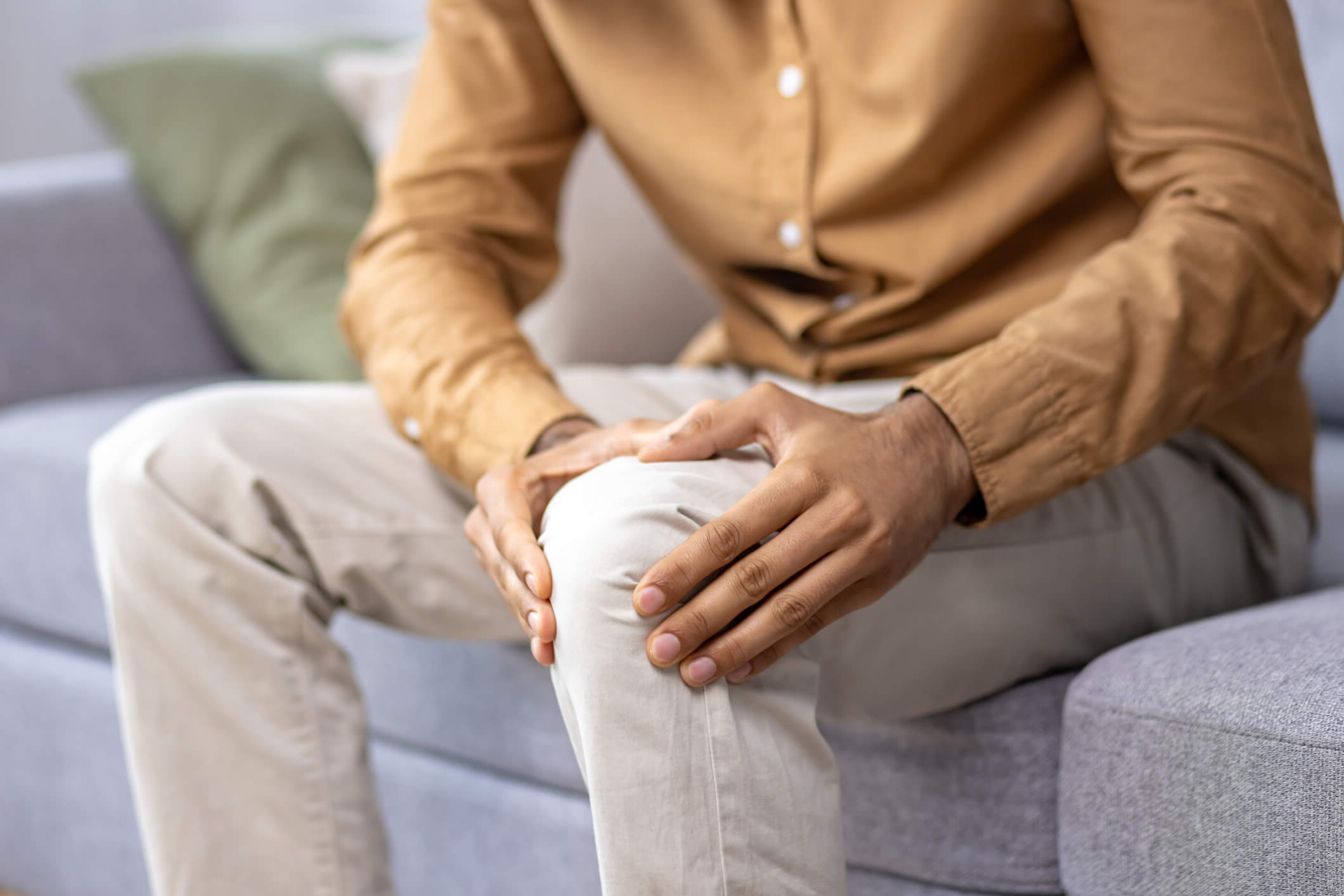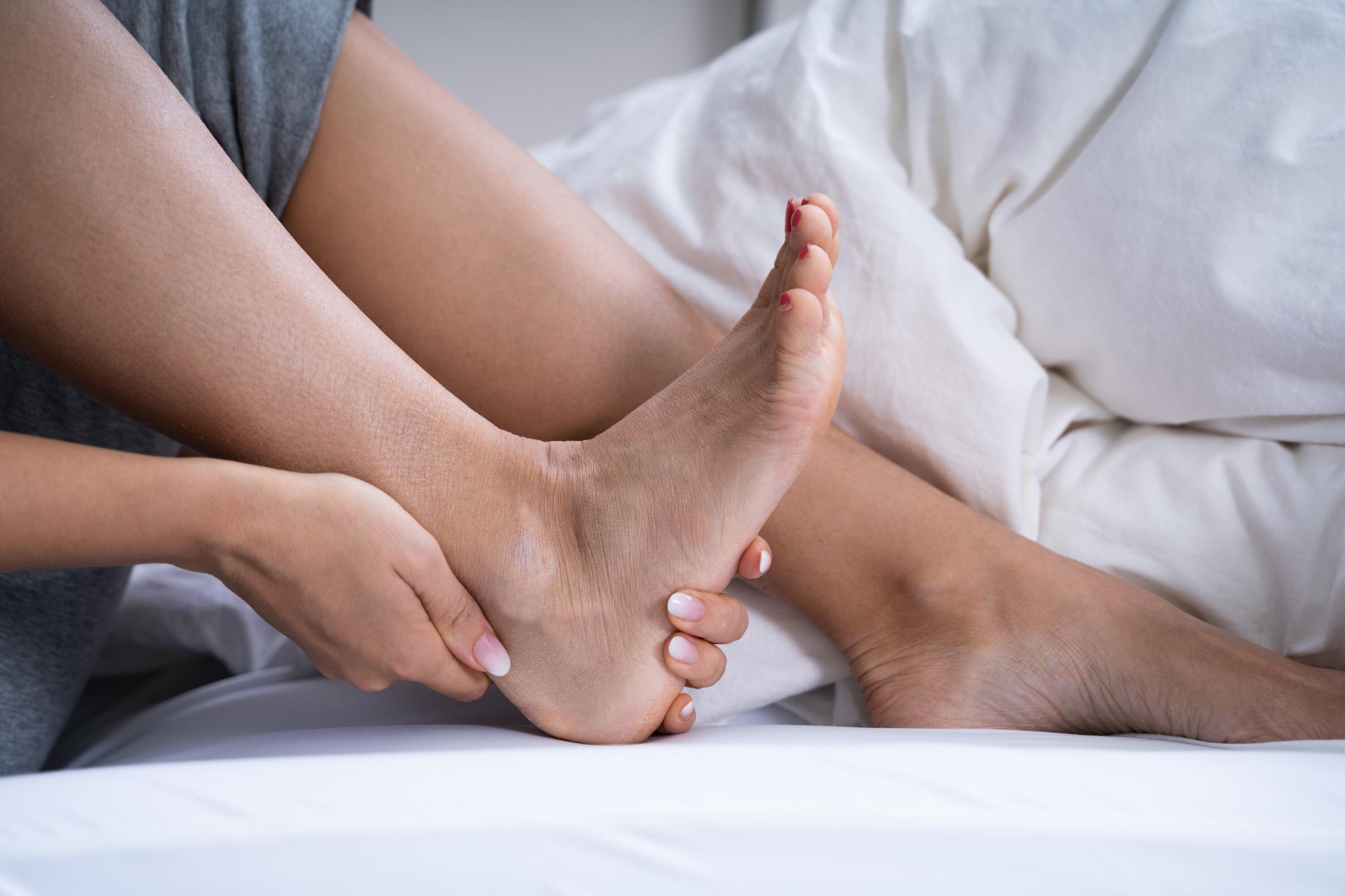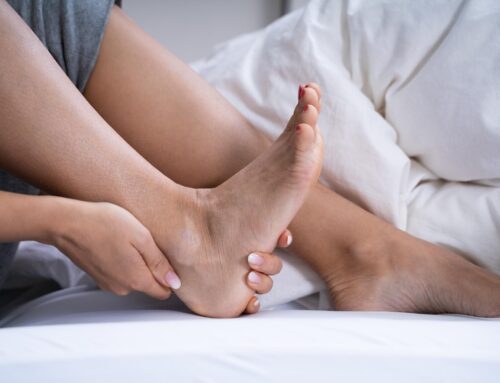When it comes to therapeutic supportwear, most people focus on choosing the right type, knee-highs, sleeves, leggings, without giving much thought to how it fits. But in reality, fit is just as important as the garment itself. A product can be made with the best materials and the right level of compression, but if it doesn’t fit you properly, it won’t deliver the results you need.
A poor fit can limit the garment’s effectiveness, cause discomfort throughout the day, or even lead to skin irritation and circulation issues. Garments that are too tight can dig into sensitive areas or restrict movement, while those that are too loose may slide down or fail to provide the support your body needs.
Why Supportwear Should Be Chosen with Care
When people hear “compression wear,” they often picture tight socks or sleeves and assume they’re all the same. But therapeutic supportwear, also known as medical-grade garments, isn’t just snug clothing. It’s specially designed to provide targeted, graduated pressure that supports circulation, reduces swelling, and aids in recovery.
These garments are commonly used for:
- Managing chronic swelling (such as in the legs or ankles)
- Improving circulation, especially for those with vascular concerns
- Supporting lymphatic drainage in conditions like lymphedema
- Post-surgical or post-injury recovery
- Long flights or periods of immobility to prevent blood pooling or clotting
While some options are available over the counter or online, these “one-size-fits-all” styles often fall short when it comes to precision. They may offer a general level of compression, but without accurate sizing and gradient pressure tailored to your needs, their effectiveness can be limited, or worse, uncomfortable.
A medical-grade garment, properly measured and selected by a trained fitter can provide consistent support exactly where your body needs it most. The result? Better comfort, improved outcomes, and support you can truly feel.
Signs Your Supportwear Might Not Be the Right Fit
Therapeutic supportwear is meant to help you feel better, not create new issues. If your garment isn’t fitting properly, it can affect both your comfort and the effectiveness of the support it’s designed to provide.
If you notice any of these signs, don’t ignore them. Your body is telling you something isn’t quite right. A professional fitting can help you get the supportwear that not only feels better—but works better too.
It rolls down, pinches, or digs into your skin
A properly fitted garment should stay in place without feeling restrictive. If it’s constantly rolling or cutting in, it’s likely too tight or not the right shape for your body.
You feel sore or restricted after wearing it
Supportwear should feel snug but not uncomfortable. If you’re experiencing aches, fatigue, or stiffness after taking it off, the fit may be too aggressive or poorly balanced.
You’re not seeing the results you expected
Still dealing with swelling or poor circulation? The wrong fit may not be delivering the right amount of graduated pressure to the areas that need it most.
You notice red marks or skin irritation
Mild indentations are normal, but sharp red lines, rash-like irritation, or broken skin are warning signs. This can indicate excessive pressure or friction.
It slips down or feels loose during the day
Supportwear that shifts or bunches loses its ability to provide consistent compression. If it’s sliding around, it’s likely too large or the elastic has worn out.
Medical Benefits of Properly Fitted Support Garments
When your supportwear fits the way it should, it’s doing more than just feeling comfortable, it’s actively working with your body to improve health outcomes. Proper fit ensures that the garment applies the right amount of pressure in the right places, which is necessary for the full benefits of therapeutic supportwear.
Improves Blood Flow and Comfort
Evenly distributed pressure helps encourage healthy circulation, especially in the legs and feet. This gentle, graduated pressure promotes upward blood flow, reducing that heavy, tired feeling many people experience by the end of the day.
Supports Lymphatic Drainage
A well-fitted garment also helps prevent fluid buildup by supporting the lymphatic system. This is especially important for people managing lymphedema, post-surgical swelling, or chronic inflammation.
Improves Treatment Effectiveness
If you’re using supportwear as part of a larger treatment plan, whether for vascular conditions, recovery, or chronic swelling, the fit can make or break your results. Proper sizing improves the garment’s ability to deliver consistent, therapeutic pressure where it’s needed most.
Protects Joints and Muscles from Strain
When supportwear fits properly, it can also help improve alignment and reduce strain on overworked muscles or joints. This minimizes the risk of developing compensatory issues, like hip, knee, or lower back discomfort caused by poor posture or uneven gait.
What to Expect During a Fitting
Finding the right supportwear isn’t just about choosing the correct size on a label, it’s about understanding your unique needs, body, and health goals. A professional fitting ensures your garment works with your body, not against it, and provides the right level of targeted support where it’s needed most.
At Care-Med, a proper fitting is a friendly, one-on-one experience designed to help you feel confident in your supportwear. Here’s what you can expect:
- Precise measurements of your legs or arms at key points (not just one size fits all)
- A review of your medical needs or conditions, such as swelling, varicose veins, or mobility issues
- A look at your activity level and lifestyle, including whether you’ll be wearing your garments at work, while traveling, or during recovery
- Guidance on garment types, materials, and wear schedules best suited to your situation
- The process is simple, personalized, and focused entirely on your comfort and health.
Why Work with a Trained Professional?
Garments that are too tight can restrict blood flow, cause discomfort, or even aggravate swelling, while those that are too loose fail to provide the targeted support your body needs. That’s why working with a trained professional is so important.
At Care-Med, certified fitter Alla Hardoon brings years of hands-on experience in therapeutic garment fitting. She understands how to look beyond simple measurements and assess your unique needs, taking into account factors like medical history, diagnosis, daily mobility, skin sensitivity, and long-term goals.
Our team regularly fits clients for a wide range of conditions, including:
- Chronic swelling and edema
- Lymphedema management
- Varicose and spider veins
- Post-surgical recovery
- Poor circulation or vascular concerns
We don’t just help you find something that “fits.” We help you find supportwear that feels right, fits well, and enhances your comfort, confidence, and quality of life.
At-Home Fit Checks
Even if your supportwear was professionally fitted, your body and needs can change. That’s why it’s important to reassess fit regularly, especially if you’re wearing therapeutic supportwear daily or managing a chronic condition.
Here are a few simple ways to check if your garment is still doing its job:
Quick At-Home Fit Check Tips
- Check how it feels at the end of the day
It should still feel snug but comfortable. If you’re noticing new irritation, swelling, or discomfort, it may be time for an adjustment. - Look for shifting or bunching
A garment that slides down, twists, or bunches isn’t applying pressure evenly and may no longer fit correctly. - Watch for new red marks or indentations
Mild impressions are normal, but deeper lines, pinching, or skin irritation suggest the garment may be too tight or worn out. - Monitor how well it’s performing
If swelling isn’t improving, or symptoms are returning despite daily wear, the garment may not be offering enough targeted support anymore.
Weight changes, changes in activity level, seasonal swelling, pregnancy, or recovery from surgery can all affect how your garment fits. Even high-quality garments stretch and lose elasticity over time, most need to be replaced every 4 to 6 months for maximum effectiveness.
When to Rebook a Fitting
It’s a good idea to check in with a fitter if:
- Your symptoms have changed
- Your garment feels noticeably different than when first fitted
- You’ve had a change in diagnosis, medication, or lifestyle
- It’s been more than 6 months since your last fitting
Taking a few minutes to reassess how your supportwear fits can help you stay ahead of discomfort and make sure you’re still getting the health benefits you need. If something feels off, it’s always worth having it checked.
Myths About Supportwear Fit
There’s a lot of confusion out there when it comes to therapeutic supportwear, and unfortunately, some of the most common assumptions can lead to discomfort, frustration, or even health setbacks.
Myth: “Tighter means better”
Reality: Supportwear isn’t like shapewear or athletic compression gear. Medical-grade garments use graduated pressure, which must be precisely balanced to improve circulation without cutting it off. If it feels too tight or causes pain, it’s not working the way it should.
Myth: “One size fits most”
Reality: Every body is different and so is every medical need. A garment that works for someone else may not give you the support you need. Therapeutic supportwear is highly individualized, and proper measurements matter more than the label.
Myth: “It’s normal to feel discomfort or pain while wearing it”
Reality: A snug, supportive feel is normal, but sharp pinching, aching, or numbness is not. If your supportwear is causing discomfort, it likely doesn’t fit correctly or isn’t the right type for your condition. You deserve comfort and results.
Support Begins with the Right Fit
When it comes to therapeutic supportwear, the right garment is only half the equation, the right fit is what makes all the difference. A well-fitted piece of supportwear doesn’t just feel better, it performs better, delivering the targeted pressure your body needs to reduce swelling, support circulation, and ease discomfort.
Taking the time to get properly fitted isn’t just about precision, it’s about comfort, confidence, and results you can truly feel. You might be managing a chronic condition, recovering from an injury, or focused on staying active and mobile. In every case, your supportwear should help you move through life with greater ease.
At Care-Med, we’re here to help you find a fit that works for both your body and your lifestyle. Our experienced team offers personalized guidance, high-quality therapeutic supportwear, and the expertise to ensure it all comes together comfortably. Book a Professional Fitting with us to get the right support from the very first wear.
Share This Story, Choose Your Platform!
Table of Contents
- How to Get the Right Fit for Medical-Grade Supportwear
- Why Supportwear Should Be Chosen with Care
- Signs Your Supportwear Might Not Be the Right Fit
- Medical Benefits of Properly Fitted Support Garments
- What to Expect During a Fitting
- At-Home Fit Checks
- Myths About Supportwear Fit
- Support Begins with the Right Fit
We specialize in orthotics, body braces, and compression wear tailored to your unique needs in Toronto. Reach out to us at info@caremed.care or call 416-782-5353 to book your fitting and consultation.
Experience the difference of customized solutions designed just for you.











